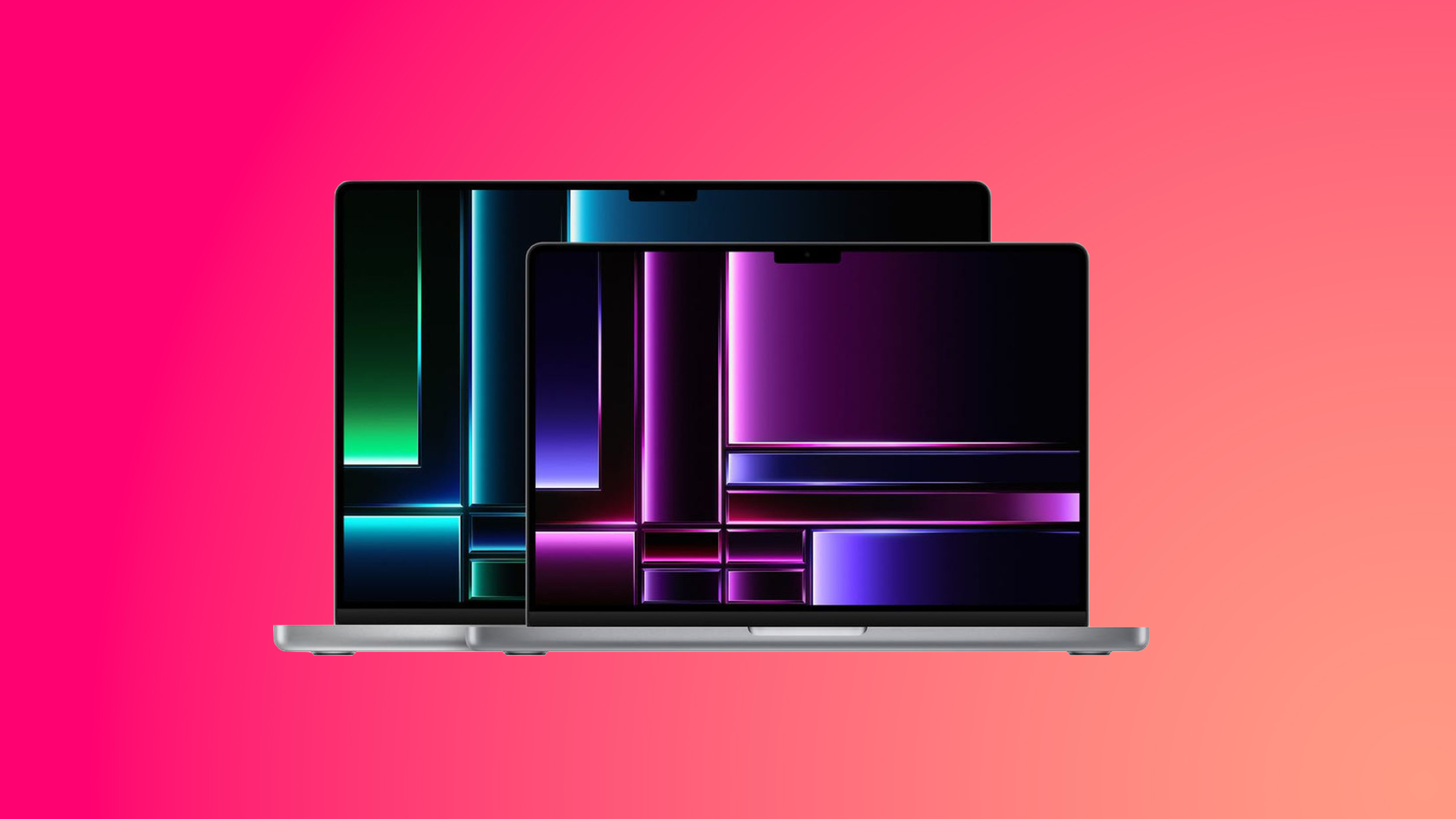
While the two machines have more similarities than Macs offered in different sizes from previous years, the 14- and 16-inch MacBook Pro models have at least six noticeably different design aspects, features, and capabilities, so should you consider purchasing the smaller MacBook Pro, or spending at least $500 more for the larger model? Our guide helps to answer the question of how to decide which of these two high-end MacBook Pro models is best for you.
Similarities Overview
- Mini-LED Liquid Retina XDR display with up to 1,000 nits sustained brightness, 1,600 nits peak brightness, P3 wide color, True Tone, and ProMotion
- M2 Pro and M2 Max chip options with up to 12-core CPU and 38-core GPU
- Up to 96GB of unified memory
- Up to 8TB of SSD storage
- Touch ID
- 1080p FaceTime HD camera
- High-fidelity six-speaker sound system with force-canceling woofers, wide stereo sound, and spatial audio support
- Studio-quality three-mic array with high signal-to-noise ratio and directional beamforming
- Three Thunderbolt 4 ports
- HDMI 2.1 port
- SDXC card slot
- 3.5mm headphone jack with support for high-impedance headphones
- Wi-Fi 6E (802.11ax) and Bluetooth 5.3
- Available in Silver and Space Gray
Differences Overview
14-Inch MacBook Pro
- 14.2-inch display
- Configurations start with M2 Pro with 10-core CPU and 16-core GPU
- 0.61 inches thick (1.55 cm)
- Weighs 3.5 pounds (1.60 kg) to 3.6 pounds (1.63 kg)
- Integrated 70-watt-hour lithium-polymer battery
- 18 hours of battery life when playing back video
- Fast charging over MagSafe 3 or Thunderbolt 4
- 67W USB-C Power Adapter (with M2 Pro with 10-core CPU)
- 96W USB-C Power Adapter (with M2 Pro with 12-core CPU or M2 Max, configurable with M2 Pro with 10-core CPU)
- Starts at $1,999
16-Inch MacBook Pro
- 16.2-inch display
- Configurations start with M2 Pro with 12-core CPU and 19-core GPU
- High Power Mode to boost M2 Max performance
- 0.66 inches thick (1.68 cm)
- Weighs 4.7 pounds (2.15 kg) to 4.8 pounds (2.16 kg)
- Integrated 100-watt-hour lithium-polymer battery
- 22 hours of battery life when playing back video
- Fast charging over MagSafe 3 only
- 140W USB-C Power Adapter
- Starts at $2,499
Display Size
The most obvious difference between the two MacBook Pro models is display size. The exact display sizes are 14.2-inches and 16.2-inches.
The 16.2-inch display is a better replacement for a desktop machine and provides much more screen space to arrange multiple windows and use professional applications that benefit from the additional display area. The 14.2-inch display is still larger than the 13.3-inch MacBook Air and MacBook Pro models from recent years, and will likely be the best overall balance of needs for most users.
While the "notch" containing the webcam does eat into the display space very slightly, both displays are larger than MacBook Pro models from before 2021, so there is still more display area overall. In addition, the display area below the notch has an aspect ratio of exactly 16:10, just like previous MacBook Pro models, to ensure that the notch does not impede normal display views or watching media. On this basis, if you are concerned about the notch, you should not necessarily feel obliged to get the larger, 16-inch MacBook Pro. That being said, since the notch is the same size on both models, it may be slightly less noticeable on the 16-inch model.
Design
The 16-inch model is, of course, physically larger than the 14-inch model, with a markedly bigger overall footprint. It is also worth noting that the 16-inch model is also 0.13 cm thicker and about 1.2 pounds (0.5 kg) heavier.
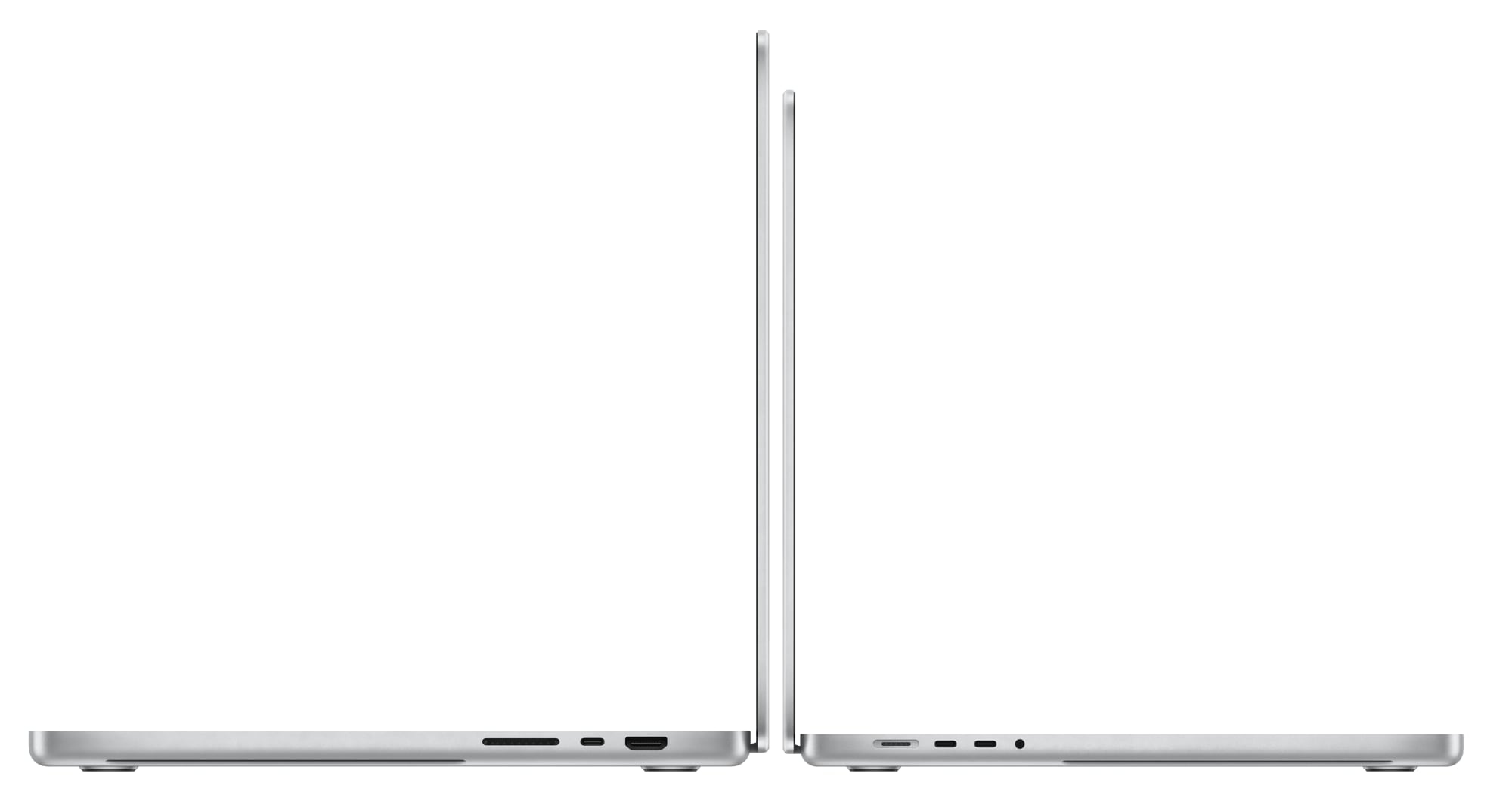
The 14-inch MacBook Pro is decidedly more portable and comfortable than the 16-inch model to carry around on a daily basis. Though the 16-inch MacBook Pro can still fit in larger bags and is an acceptable size for travel, it is a much bigger, heavier machine. If you are considering the 16-inch MacBook Pro, you should make sure you are comfortable with its size and weight – especially if you plan to use it on the go.
M2 Pro Configurations
Both the 14-inch and 16-inch models are equally upgradeable to the M2 Max chip with a 12-core CPU and 38-core GPU, but if you are looking to spend as little as possible or do not need extra performance, it is worth noting the difference between the chips of the base configurations.
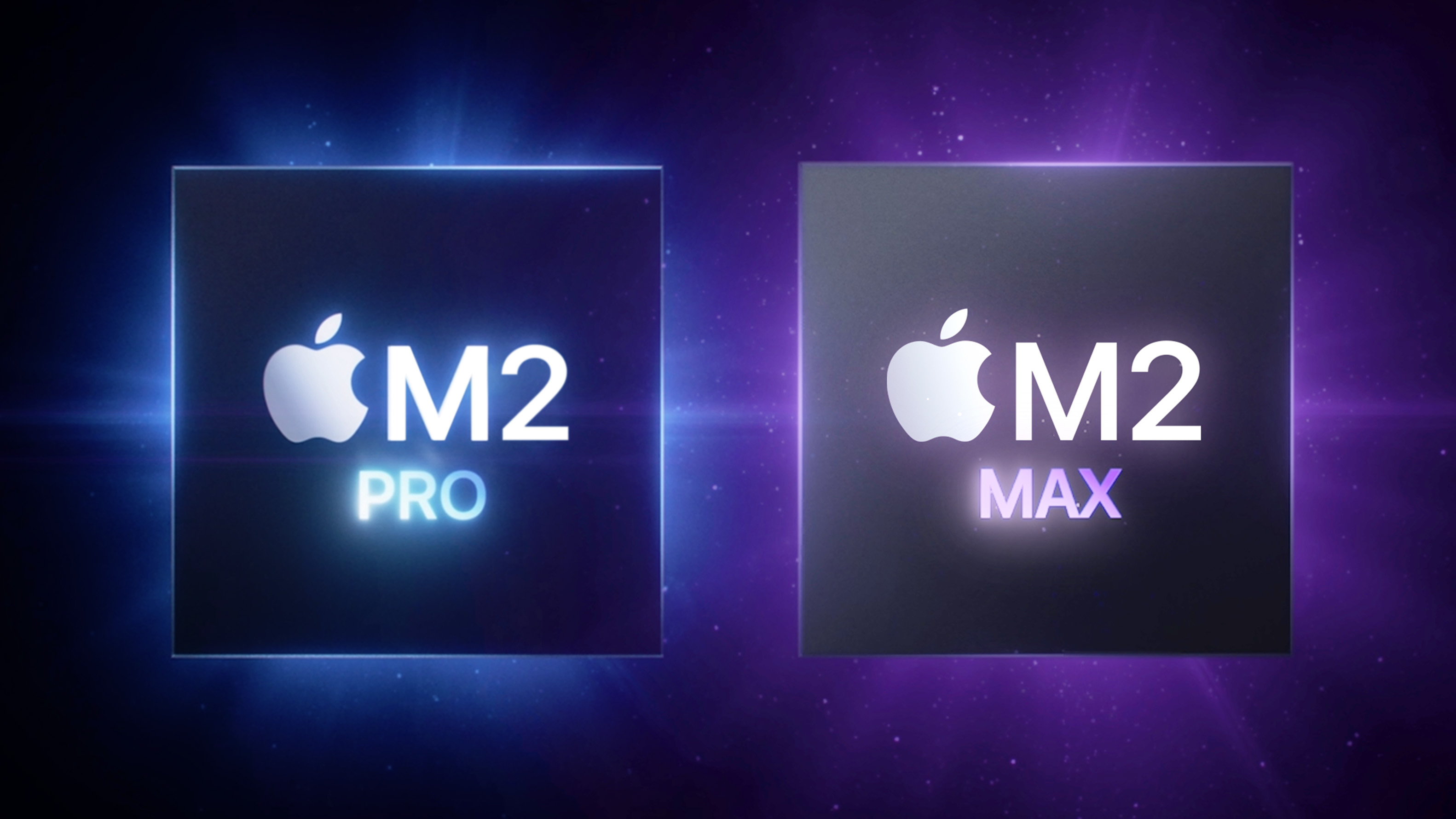
The base configuration of the 14-inch MacBook Pro features an M2 Pro with 10-core CPU and 16-core GPU, while the base 16-inch model contains an M2 Pro with a 12-core CPU and 19-core GPU. If you upgrade the 14-inch model to the same M2 Pro with 12-core CPU and 19-core GPU that the 16-inch model starts with, it increases to $2,299 – just $200 less than the starting price of the 16-inch model.
For those who are leaning toward buying the 16-inch MacBook Pro and want the M2 Pro with a 12-core CPU and 19-core GPU at a minimum, the slimmer price difference between the two models to just $200 may make it easier to justify getting the larger machine.
On the other hand, if you do not need the performance of the M2 Pro with a 12-core CPU and 19-core GPU, the 16-inch model may be overkill, and getting the 14-inch model will be the best way to keep costs down.
High Power Mode
The 16-inch MacBook Pro with the M2 Max chip offers a software feature called High Power Mode. When enabled, High Power Mode boosts the machine's performance to better meet the needs of intensive, sustained workloads.
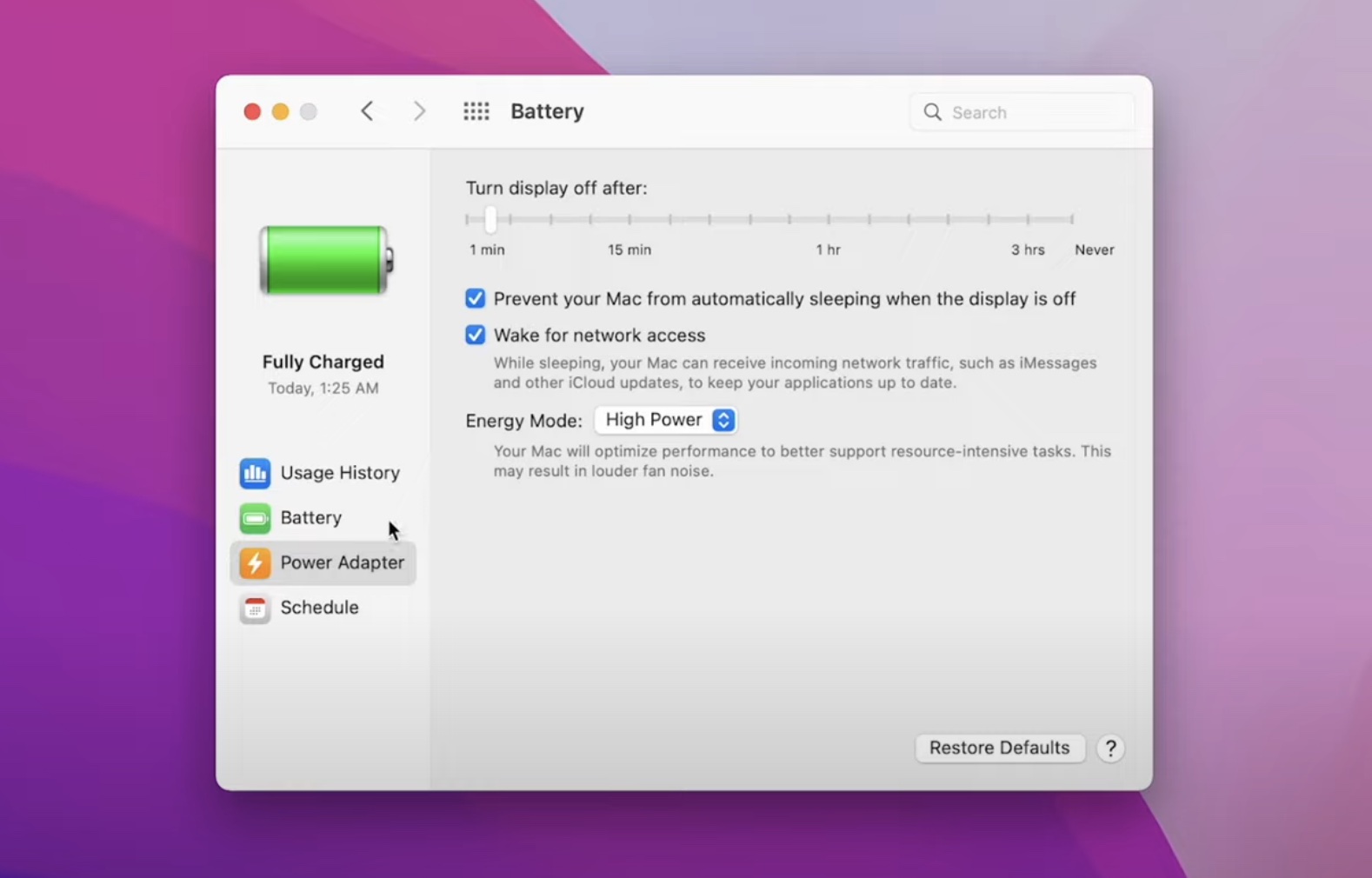
High Power Mode is designed to optimize and improve performance for resource-intensive tasks, such as color grading 8K ProRes video, according to Apple. When enabled, High Power Mode will de-prioritize resource-hungry system processes in order to leverage the full performance capability of the M2 Max chip. The setting is effectively the opposite of "Low Power Mode," which aims to decrease system performance in favor of prolonging battery life.
The 14-inch MacBook Pro does not feature High Power Mode, so if you want the ability to selectively push the M2 Max chip to its limits, you will need to buy the 16-inch model.
Battery Life
Owing to its larger size, the 16-inch MacBook Pro contains a larger battery and has longer-lasting battery life. The 14-inch model contains a 70-watt-hour battery, while the 16-inch model contains a 100-watt-hour battery – the same as the 2021 models they replace.
In terms of battery life, Apple says the 14-inch MacBook Pro can deliver up to 18 hours of battery life when playing back video. The 16-inch model adds four hours for 22-hour battery life when playing back video. For users who need maximum battery life, the 16-inch model will clearly be better, but the 14-inch model's 18-hour battery life is still enough for most users and one hour longer than the model it replaces.
Charging
The 14-inch MacBook Pro uses a 67W or 96W USB-C power adapter for charging, while the 16-inch model comes with a 140W power adapter. Both models support fast charging, but a 96W or higher USB-C power adapter is required. The 96W USB-C power adapter is a $20 option on the base model 14-inch MacBook Pro, but it comes as standard with M2 Pro configurations with a 12-core CPU and ones with the M2 Max.
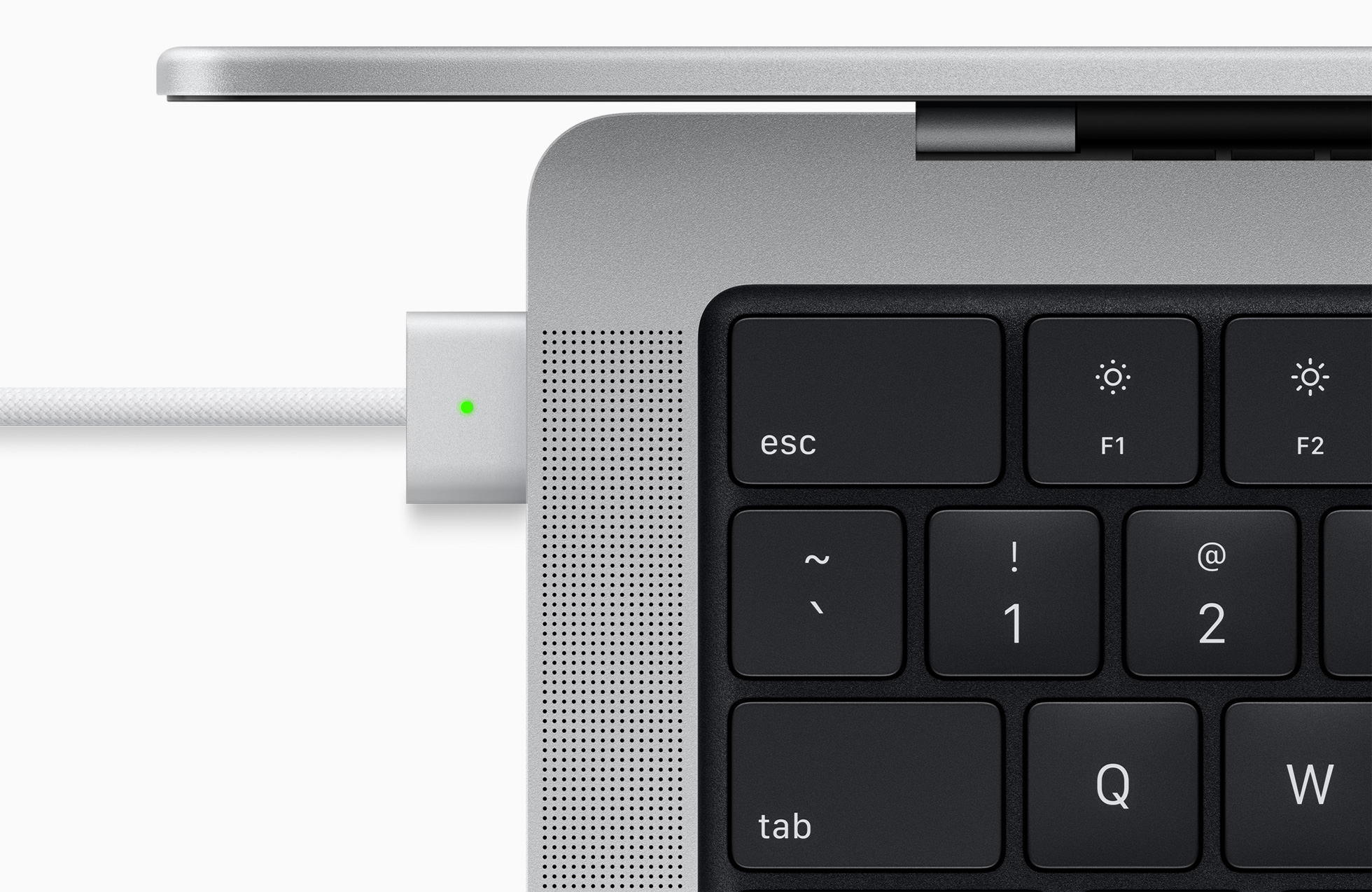
Both models can use the MagSafe 3 port to fast charge, but it is also possible to fast charge the 14-inch model using one of its USB-C/Thunderbolt 4 ports. If you require the flexibility of being able to fast charge via USB-C, you will need to buy the 14-inch model to have this functionality.
It is worth noting that both the 14- and the 16-inch model can charge with up to 100W over via their USB-C ports, but since the 16-inch model has a larger battery, it is not classified as "fast charging" on this machine.
Other MacBook Options
If you are looking for an Apple silicon MacBook Pro, but the latest M2 Pro and M2 Max models are out of your price range, there is the M2 MacBook Pro, which starts at $1,299. This is $700 cheaper than the 14-inch MacBook Pro and is a good option for users who want a machine that is more capable than the MacBook Air, but something more affordable than the high-end MacBook Pro.
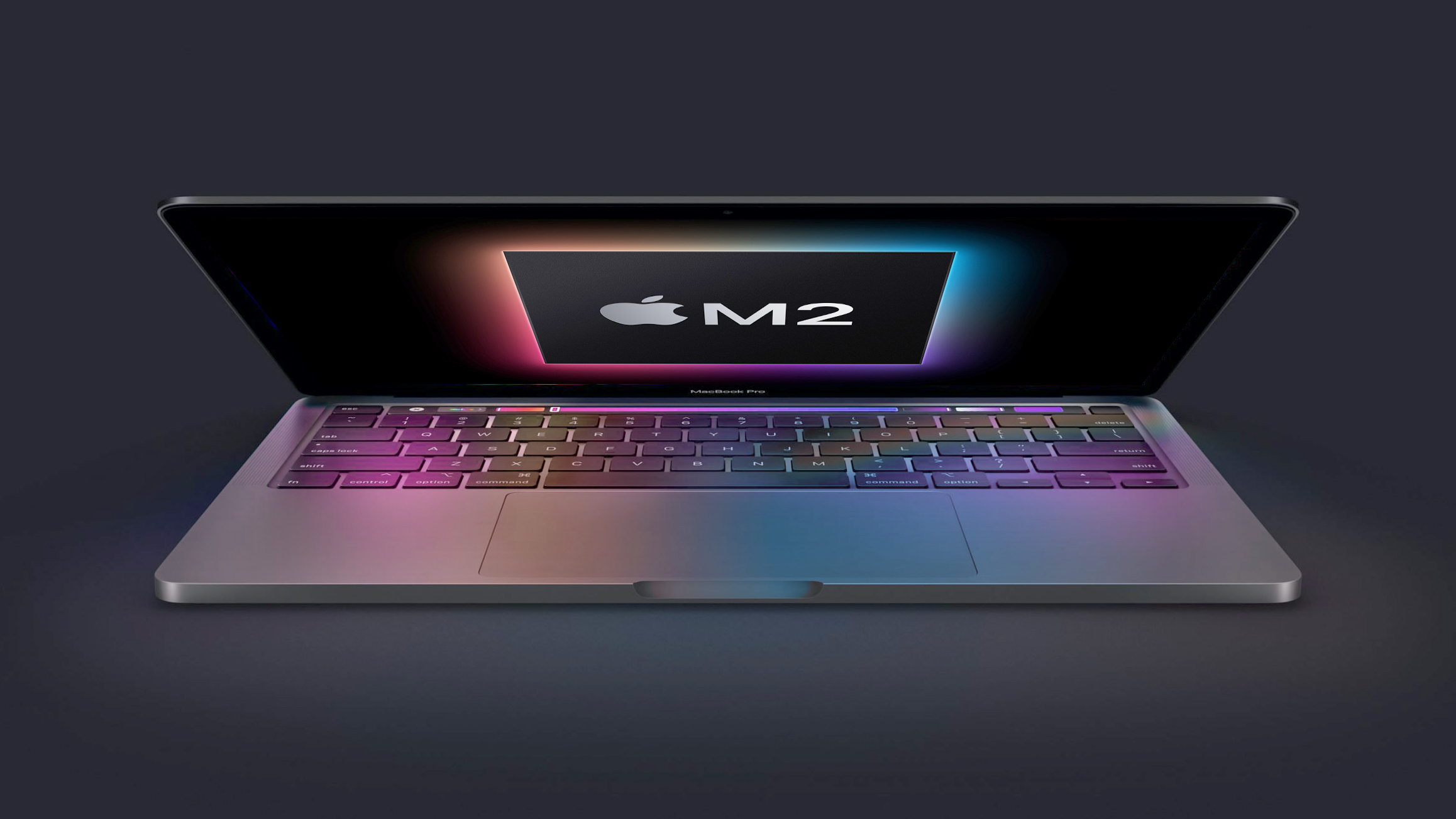
The M2 MacBook Pro is an entry-level model, featuring a 13.3-inch display, Touch ID, two Thunderbolt 4 ports, the Touch Bar, and a 720p webcam. It is a more consumer-oriented and less capable machine compared to the high-end MacBook Pro, but it is more than adequate for most users.
There is also the M2 MacBook Air, which starts at $1,199, offering a slimmer and lighter version of the high-end MacBook Pro's design and features like MagSafe 3, a Liquid Retina display, and more. For the lowest-cost MacBook, there is the M1 MacBook Air, which sports a 13.3-inch display, Touch ID, and two Thunderbolt ports, for prices starting at $999.
Final Thoughts
The 16-inch MacBook Pro is $500 more than the 14-inch model, so you should be sure that you need the additional display area, battery life, and perhaps even High Power Mode support to justify its higher price. That being said, if you upgrade the 14-inch model to the same M2 Pro with 12-core CPU and 19-core GPU that the 16-inch model starts with, the price difference shrinks to $200, and it may be worth opting for the larger model – especially if you could take advantage of its longer battery life.
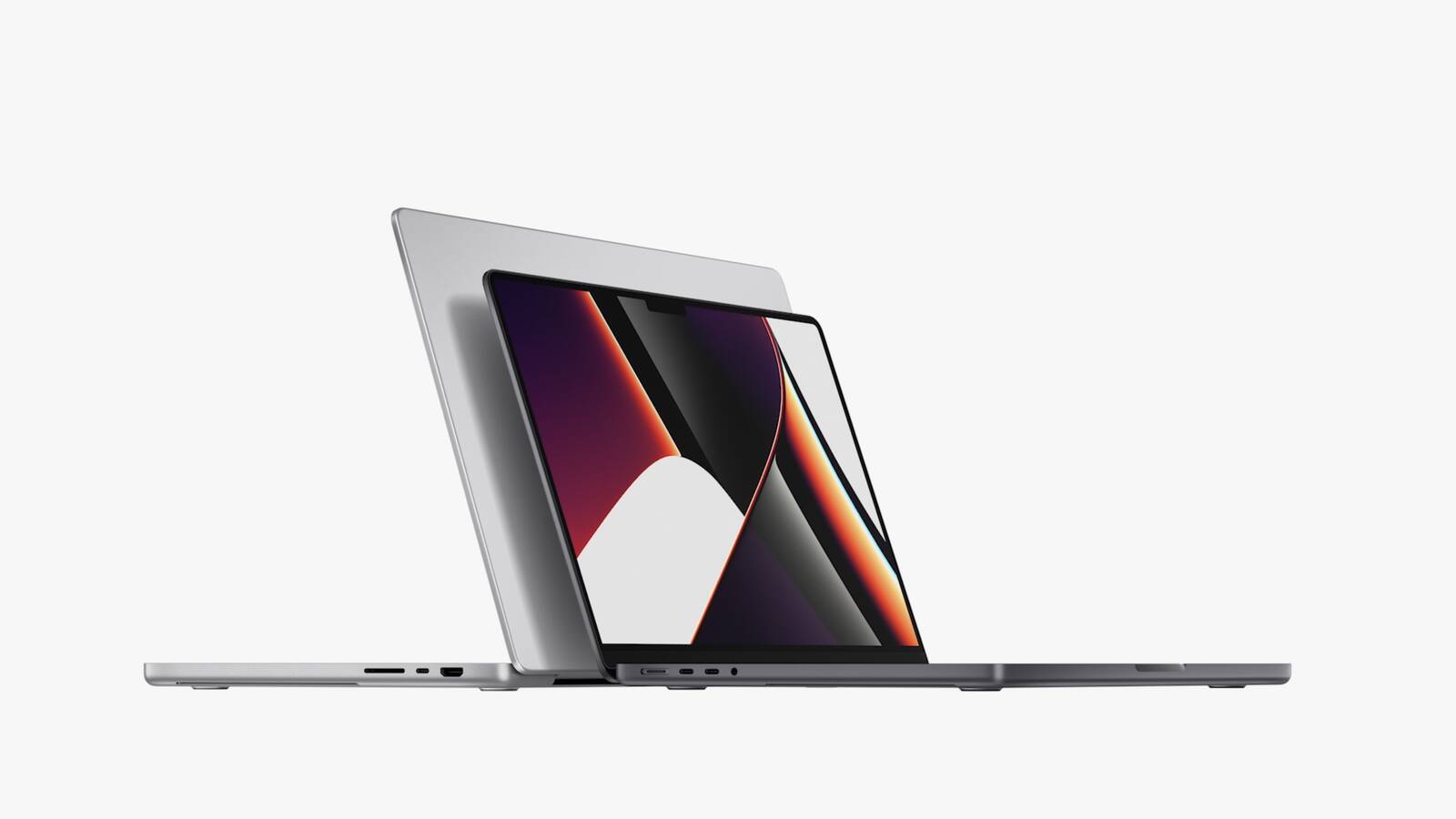
Buyers of the 16-inch model should be aware that it is considerably larger, thicker, and heavier than the 14-inch model, to the extent that it could be needlessly cumbersome to some users. The 14-inch MacBook Pro is clearly a more portable machine, so if you intend to carry your MacBook Pro around frequently or need the versatility of it easily fitting into a bag for transport, the smaller model is the better option by far.
Buyers of the 14-inch models do not miss out on any major MacBook Pro features and are able to get the same performance as the larger model. They even gain the ability to fast charge using one of the machine's USB-C/Thunderbolt 4 ports. Since it offers the best overall balance of price and form factor, most users are better off buying the 14-inch model.
Related Roundup: 14 & 16" MacBook Pro
Buyer's Guide: 14" & 16" MacBook Pro (Buy Now)
Related Forum: MacBook Pro
This article, "14-Inch vs. 16-Inch MacBook Pro Buyer's Guide: Six Key Differences" first appeared on MacRumors.com
Discuss this article in our forums
0 Commentaires